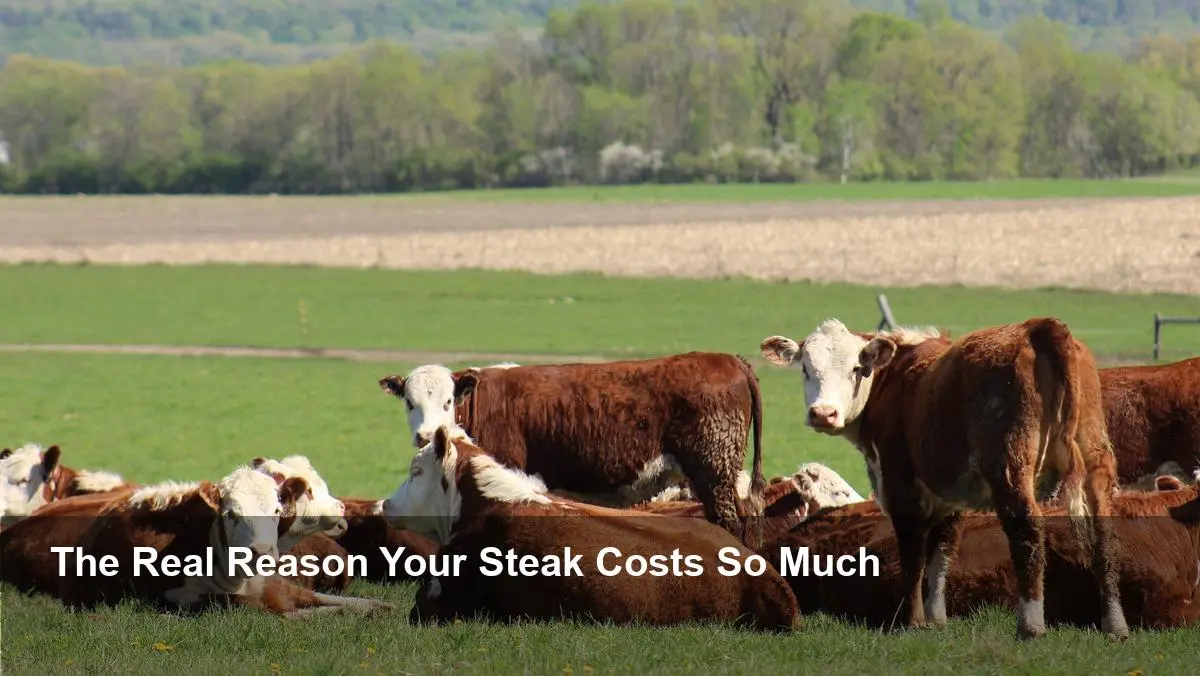Key Highlights:
- Beef and veal prices have jumped 14.7% over the last year, driven by a shrinking U.S. cattle herd and strong consumer demand.
- In response, President Donald Trump has decided to quadruple the import quota for Argentine beef, a move he claims will lower costs for consumers.
- The plan has drawn sharp criticism from U.S. cattle ranchers, who cite concerns over disease risks and unfair market competition.
- Experts are skeptical that the increased imports will significantly reduce prices at the grocery store, as the market is dominated by a few major players.
Soaring beef prices have become a hot-button issue, pitting President Donald Trump against the very cattle ranchers he claims to support. As consumers face sticker shock in the meat aisle, the administration’s plan to increase beef imports from Argentina has ignited a firestorm of controversy, with many questioning if it’s the right solution.
H2: Trump’s Argentine Gambit Sparks Industry Outrage
In an effort to curb rising costs, President Trump recently announced a plan to raise the tariff-rate quota on Argentine beef to 80,000 metric tons, effectively quadrupling the amount that can be imported at a lower duty rate. “The only cost that’s really up is beef,” Trump stated, vowing to “do something very quickly and easily… to get it down.”
However, the decision was immediately condemned by American ranchers. Colin Woodall, CEO of the National Cattlemen’s Beef Association, issued a sharp rebuke, calling on the President to “abandon this effort to manipulate markets.” Ranchers are concerned about Argentina’s history with foot-and-mouth disease, arguing that the USDA has not taken the necessary steps to guarantee the safety of imported products, which could endanger the U.S. cattle herd.
H2: Why Are Beef Prices So High?
The current price surge isn’t a simple issue. It stems from a combination of supply shortages and robust demand that has been years in the making.
H3: A Shrinking Herd and Record Prices
According to agricultural economist David P. Anderson of Texas A&M University, a series of severe droughts in major cattle-producing regions forced ranchers to reduce their herds. This reduction in supply, coupled with steady consumer demand, has pushed prices to historic levels. The USDA reported that the price for slaughter steers hit a new monthly average record in August, while the cost of beef and veal for consumers is up 14.7% compared to last year. In August, the U.S. saw a 10% year-over-year decline in cattle slaughter, the largest drop for any month in 2025.
H3: Market Control and Political Scrutiny
The structure of the U.S. beef market also plays a significant role. About 80% of all beef products are controlled by four major meatpacking companies: Tyson Foods, JBS, Cargill, and National Beef. These companies have faced numerous lawsuits accusing them of conspiring to inflate prices by limiting supply.
The President’s plan has also attracted scrutiny from his own party. Eight Republican lawmakers sent a letter urging the administration to ensure its decisions are made with “full transparency, sound science, and a firm commitment to the U.S. cattle industry.”
H2: Will More Imports Actually Help Consumers?
Despite the administration’s claims, experts doubt that increasing Argentine imports will have a noticeable impact on what consumers pay. Anderson told USA TODAY that the U.S. brings in only 2.1% of its beef from Argentina, most of which is lean trimmings used for ground beef in the restaurant and food-service industry. “It will be really hard to find much of a price effect,” he concluded.
Image Referance: https://www.usatoday.com/story/money/2025/10/24/why-are-beef-prices-going-up-what-to-know-as-politicians-beef-over-cattle-production/86857771007/
